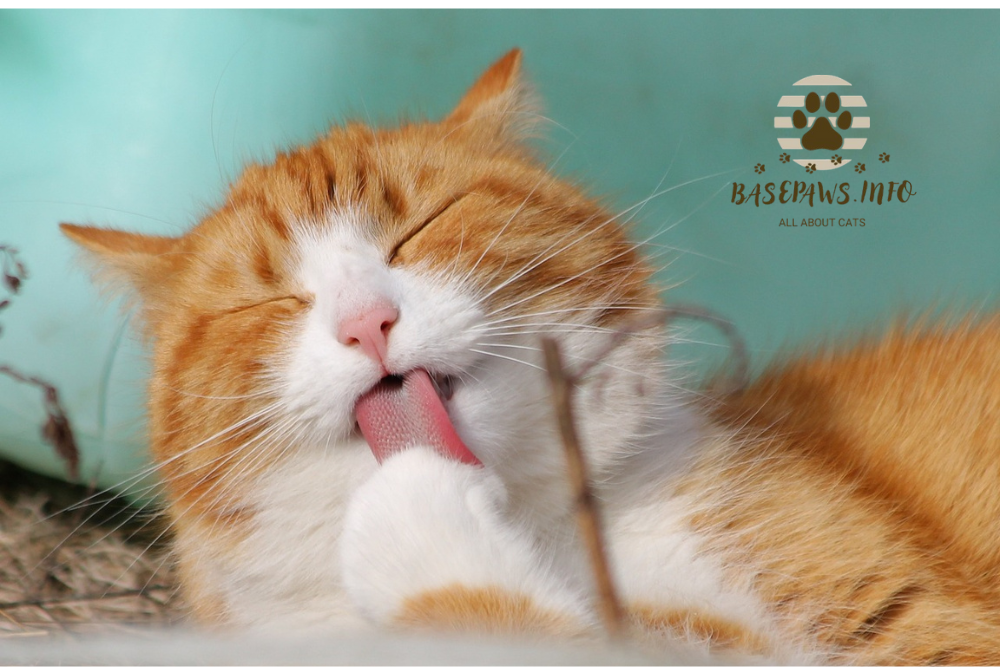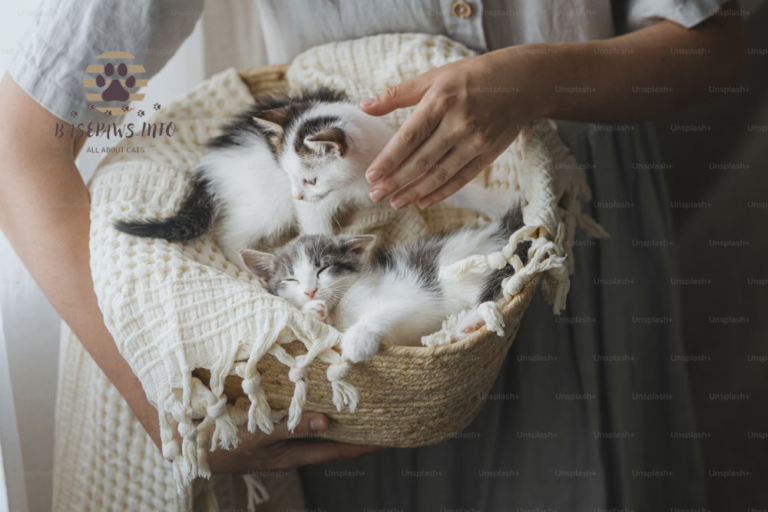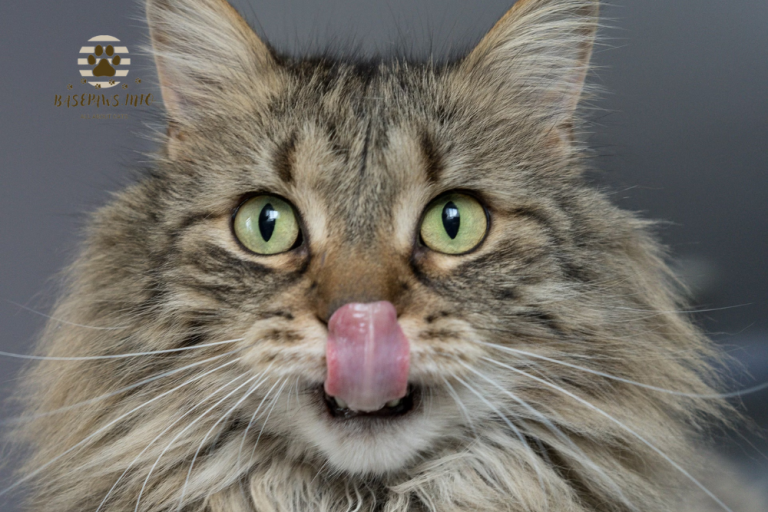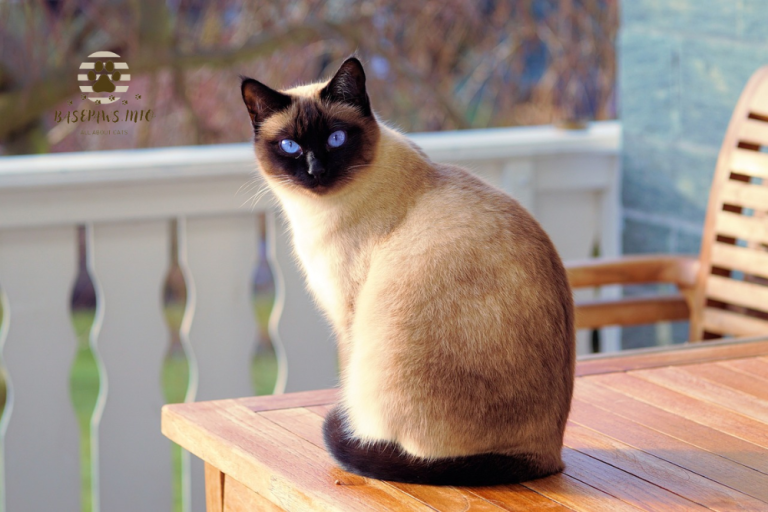Cats Shed: A Compassionate Look at What’s Normal and When to Worry
Understanding the Shedding Dilemma
If you’re a cat owner, you know that shedding is just part of life with these furry companions. But how do you know what’s normal? Many cat owners find themselves worried about excessive shedding, unsure if it’s just a seasonal thing or something more serious. By understanding your cat’s shedding patterns, you can figure out what’s typical and when it might be time to seek help.
We’re going to dive into all things shedding. We’ll cover everything from normal seasonal changes to possible medical issues, helping you distinguish between routine shedding and signs that something might be wrong. Plus, we’ll share effective strategies to help you manage cats shedding and keep your home as fur-free as possible.
By the time you finish reading, you’ll have a clearer picture of cats shed and some practical tips to reduce it. Whether you’re dealing with a little extra fur on your furniture or noticing a big increase in your cat’s shedding, we’ve got insights and solutions that are tailored just for you.
Cats Shed All the Time!
Why Do Cats Shed?
Cats shed for a variety of reasons, and understanding these can help owners manage it better. One of the primary reasons is seasonal changes. Many cats naturally shed more fur in the spring and fall as they transition between their winter and summer coats. This process helps them regulate their body temperature according to the changing weather. During these times, you might notice a noticeable increase in loose hairs around your home.
Another significant factor is diet and health. A poor diet lacking essential nutrients can lead to excessive shedding. Cats require a balanced diet rich in proteins and fatty acids to maintain healthy skin and fur. When their nutritional needs aren’t met, it can result in dull fur and increased shedding, indicating that your cat may need dietary adjustments.
Stress also plays a crucial role in shedding. Changes in a cat’s environment—such as moving to a new home, the arrival of a new pet, or even changes in routine—can lead to stress-related shedding. Cats are sensitive creatures, and when they feel anxious, it can manifest in physical ways, including an increase in fur loss. Observing your cat’s behavior can help identify if stress is a contributing factor to their shedding.
What Does Normal Shedding Look Like?
Normal shedding in cats typically presents as light shedding, where you might find a few loose hairs on your clothing or furniture after petting them. This is completely natural and expected. Additionally, during seasonal changes, it’s common to see increased cats shedding—especially in the spring and fall—when cats are adjusting their coats. During these times, you might notice tufts of fur floating in the air or accumulating in corners. Recognizing these patterns can help you differentiate between what is normal shedding and what might require further investigation.
Save Your Sanity
Managing Shedding
To manage cats shedding and keep your home clean, try these methods:
- Regular Grooming: Brush your cat at least once a week.
- Healthy Diet: Ensure your cat is eating a balanced diet.
- Stress Reduction: Provide a calm environment.
When Shedding Is Symptomatic
Sometimes, cats shedding can indicate a medical issue. Watch for these signs:
- Bald spots: Patches of missing fur.
- Excessive scratching: Indicating allergies or parasites.
- Skin irritation: Redness or sores.
Potential Causes of Cats Shedding
| Cause | Description |
| Seasonal changes | Increased shedding during warm months |
| Diet | Poor nutrition can lead to unhealthy fur |
| Medical conditions | Skin allergies, parasites, or infections |
8 Ways to Reduce Cats Shedding
Regular Brushing
One of the most effective ways to reduce cats shedding is through regular brushing. Brushing your cat at least once a week helps remove loose fur before it ends up on your furniture and floors. This not only minimizes shedding but also keeps your cat’s coat healthy by distributing natural oils, preventing mats, and allowing you to monitor their skin condition.
Bathing
While cats are generally good at grooming themselves, occasional bathing can help manage cats shedding. Bathing your cat helps remove excess fur and dander, making it easier to keep your home clean. Just be sure to use a cat-specific shampoo and make bath time a positive experience to reduce stress.
Hydration
Ensuring your cat is well-hydrated can play a significant role in reducing shedding. Hydration promotes healthy skin and fur, which can lessen the amount of loose hair. Make sure your cat has access to fresh water at all times, and consider using a water fountain, as many cats prefer running water.
Stress-Free Environment
Creating a stress-free environment is crucial for your cat’s overall well-being. Cats are sensitive creatures, and stress can lead to increased shedding. To keep your cat calm, provide a comfortable space with cozy spots to rest, maintain a consistent routine, and minimize loud noises or sudden changes in their environment.
Regular Vet Visits
Regular veterinary check-ups are essential for maintaining your cat’s health. During these visits, your vet can identify any underlying health issues that may contribute to excessive shedding. Regular vet visits ensure that any problems are addressed early, helping to keep your cat’s coat healthy and reduce unnecessary fur loss.
Quality Food
A well-balanced diet plays a critical role in your cat’s overall health, including their fur condition. Choosing high-quality food that includes omega fatty acids can significantly benefit your cat’s skin and coat. Omega fatty acids promote a shiny, healthy coat and can reduce shedding by improving skin hydration.
Limit Allergens
Keeping your cat’s environment clean can help limit allergens that may cause shedding. Regularly clean their area by vacuuming and dusting to remove hair, dander, and other irritants. Consider using air purifiers to reduce airborne allergens, which can also help create a more comfortable space for your feline friend.
Use a De-shedding Tool
Investing in a good de-shedding tool can make a significant difference in managing shedding. These specialized grooming tools are designed to effectively remove loose fur without damaging the undercoat. Regular use of a de-shedding tool can help control shedding and keep your home cleaner, while also providing your cat with a soothing grooming experience.
Medical Conditions that May Contribute to Shedding
Excessive shedding can also be a sign of:
- Allergies: Food or environmental allergens.
- Parasites: Fleas or mites causing irritation.
- Infections: Bacterial or fungal infections affecting skin.
My Cat is Shedding a Lot. What Does it Mean?
If your cat’s shedding seems excessive, observe for other symptoms. It’s crucial to consult with a veterinarian if you notice:
- Changes in behavior: Lethargy or lack of interest.
- Changes in appetite: Eating less or more than usual.
- Skin issues: Redness, swelling, or odor.
Cat Fur or Cat Hair? What’s What?
- Cat fur: The dense undercoat that keeps them warm.
- Cat hair: The longer, more visible strands that shed more easily.
FAQ – Is Your Cat’s Seasonal Shedding Normal?
What months do cats shed the most?
Cats tend to shed the most during spring and fall. In spring, they shed their heavier winter coats, while in fall, they prepare for colder weather by shedding their lighter summer fur. This seasonal shedding is most common in outdoor cats or those exposed to natural light cycles.
Can shedding in cats be a sign of illness?
Yes, excessive shedding in cats can sometimes be a sign of illness, such as skin infections, allergies, or stress. If shedding is accompanied by other symptoms like bald patches or itching, it may be a good idea to consult a vet.
Can I prevent my cat from shedding?
You can’t completely prevent a cat from shedding, as it’s a natural process. However, regular grooming, a healthy diet, and keeping your cat hydrated can help reduce excessive shedding and keep their coat in good condition.
When is shedding season for cats?
Shedding season for cats typically occurs in the spring and fall. In spring, they shed their winter coats, while in fall, they lose their lighter summer fur to prepare for a thicker coat for winter.
Do all cats shed?
Yes, all cats shed to some extent, but the amount varies by breed, health, and environment. Some cats, like hairless breeds or those with short coats, may shed less, while long-haired cats tend to shed more.
Understanding cats shedding is essential for every cat owner. While shedding is normal, excessive fur loss may signal underlying issues. By adopting grooming techniques and monitoring your cat’s health, you can effectively manage cats shedding. If you have concerns, don’t hesitate to contact your veterinarian for further guidance. With these tips, you can enjoy your cat’s companionship while keeping your home fur-free!







